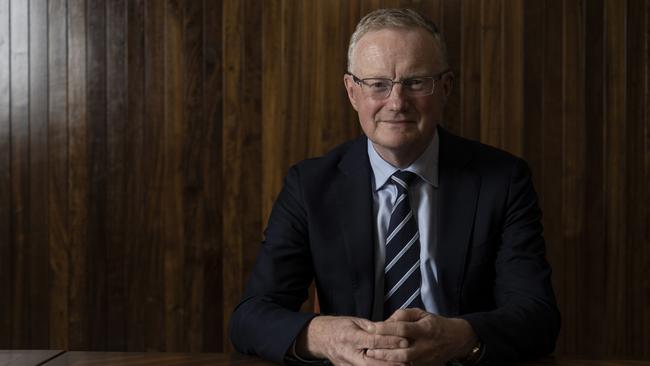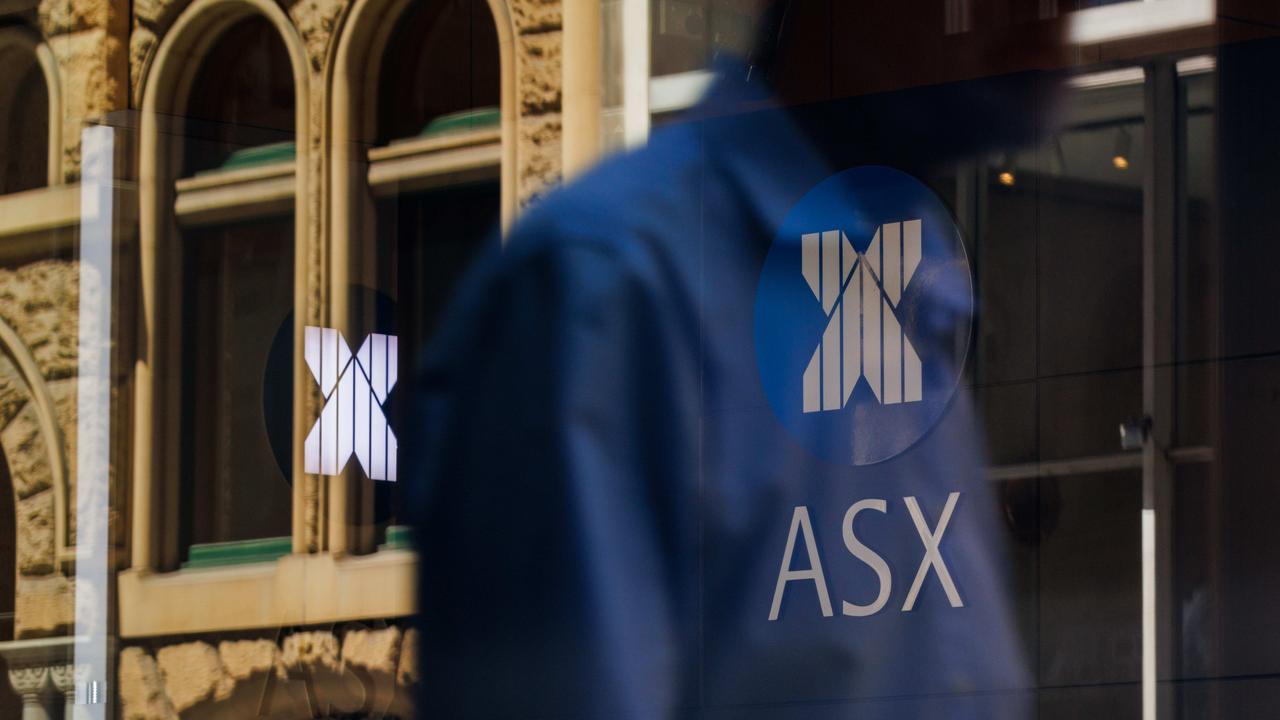Jobs date shows RBA needs to accelerate the pace of rate hikes
Odds are growing for an eye-watering 75bps hike in August as central banks around the world race to tighten the strings.

The Reserve Bank of Australia will raise its official cash rate by an eye-watering 75 basis points in August if second-quarter inflation figures due out at the end of this month proves even more hellish than expected.
The odds are growing that they will.
Central banks worldwide are already under mounting pressure to tighten policy settings quickly as US inflation races at its fastest pace since 1981, and financial markets bet that the Federal Reserve will raise interest rates by 100 basis points at its next policy meeting.
On Wednesday, the Bank of Canada raised its policy rate by 100 basis points to 2.5 per cent, the largest amount in more than 20 years, and massively scaled up its forecasts for inflation. In Asia, the Philippines and Singapore both tightened monetary policy on Thursday to combat inflation.
A 75-basis-point hike by the RBA would be its biggest single rise since 1994.
All this prefaced news on Thursday that Australia’s unemployment rate had fallen to 3.5 per cent in June — its lowest rate since August 1974. The stunning result was built on the creation of 88,400 new jobs over the month, signalling that there has been little let-up in the pace of hiring or growth in the economy.
Economists expect the jobless rate to drop even further. Some are arguing that given the record number of job vacancies now on offer, an unemployment rate of two-point-something is already a done deal.
While achieving the lowest unemployment rate in nearly 50 years is great, it has ramped up the potential for a damaging acceleration in wage growth through the second half of the year to levels that could massively complicate the task of getting inflation back under control.
The RBA is already warning that the recent 5.2 per cent rise in the country’s basic wages could become a model for wage negotiations going forward. Such an outcome would open the door to spiralling wages growth, the likes of which hasn’t been seen since the 1970s.
With the pace of interest-rate increases accelerating globally, the RBA is under pressure to keep pace. Failure to do so would risk eroding support for the Australian dollar, which is already trading at lows last seen when the world was first struggling to adjust to the spread of Covid-19.
A lower Australian dollar would fan increases in import prices, further stoking inflation. And if speculators in global currency markets sense that the RBA is too timid to keep up with its global peers, the sell-off in the Australian dollar could deepen.
The stark reality for the RBA remains that the current official cash rate of 1.35 per cent is well and truly too low given the deteriorating inflation environment. Australia’s inflation rate may not peak until the third quarter of the year, and that data print won’t be visible until October.
The RBA meets monthly, whereas central banks like the Fed meet every six weeks, which
does allow it to raise rates in slightly smaller increments. But it will still need a 75-basis-point increase in August just to keep up with hikes overseas.
While Australia’s inflation problems aren’t yet of the same magnitude as the US’s and wage growth is comparatively in check for the moment, the acceleration in global rate increases leaves the RBA with fewer choices.
In a highly fluid inflation environment, the RBA must remain nimble. The central bank last announced inflation yes forecasts in May, but they were quickly tossed out when RBA Gov. Philip Lowe warned in a television interview that higher numbers were on the way.
The growing upside risks to inflation, which played out terribly in the US data that showed an annual inflation rate of 9.1 per cent in June, must also be factored in Australia.
With higher fuel and electricity costs set to bloat upcoming inflation outcomes, the door is open for the RBA to continue what central bankers call “front-loading” rate increases, and accelerate the process of returning policy settings to normal.
Wall Street Journal




To join the conversation, please log in. Don't have an account? Register
Join the conversation, you are commenting as Logout